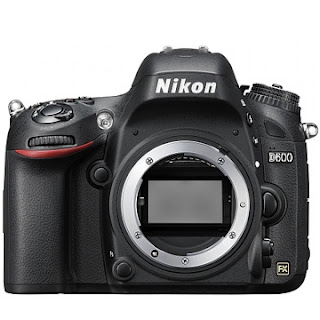 |
| Pentax K-3 |
 |
| Nikon D600 |
Now back to the problem of the misleading advertisement. What the ad does NOT tell you is that the sensor in the K-3 is APS size and the Nikon is full-frame. Sensor size is the single most important factor in determining image quality. The K-3 sensor measures 366.6 square millimetres and the D600 measures 861.6 square millimetres. In other words the D600 sensor is 235% larger than the K3. That is a massive difference.
Now, here is where the problems really start for Mr Pentax. Because they have packed 24 MP into an APS sensor the K-3's pixel density* has sky rocketed to 65,466 pixels per square millimetre. Whereas the pixel density for the D600 is only 27,855 pixels per square millimetre. In fact the K-3's pixel density is higher than the tiny Panasonic TZ40 compact camera!
The ad also fails to mention that the Nikon D600 gives you 900 shots from a fully charged battery while the K-3 can only squeeze out 560 clicks.
The K-3 also has a multiplier of 1.5X on all full frame lenses which further complicates achieving a true wide angle lens result. If you buy APS lenses for the K-3 you will have lost a lot of money when you decide to upgrade to a full-frame camera.
The advertisement is big and impressive and I'm sure Pentax will sell quite a few cameras. However, the ad is deceptive and misleading suggesting that resolution is superior on the K-3. The facts speak for themselves - the D600 eats the K-3 for breakfast, with hardly a burp.
*The higher the pixel density number the lower the camera's performance.
Join Dale Neill during the UWA Summer School Workshops and find out what makes your camera click!
Talking of clicking, click HERE for details.
No comments:
Post a Comment